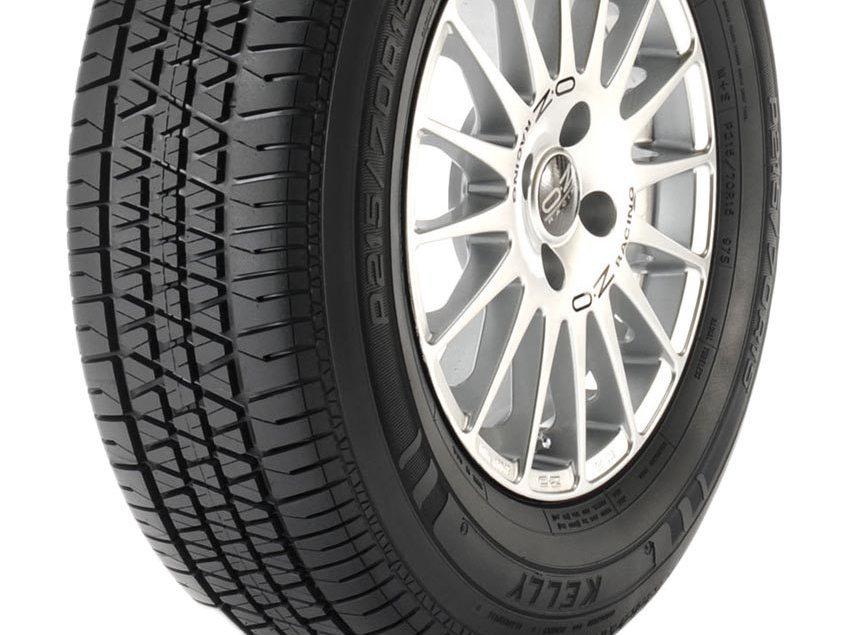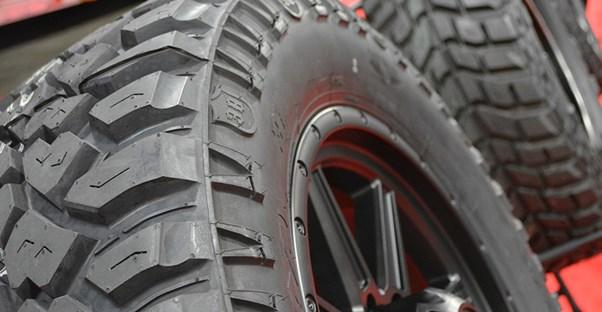Are Car Tire Inner Tubes Necessary for Tires?
Heavy construction equipment such as industrial graders, dump trucks, and earthmovers; large trucks; tractors; and buses still use car tire inner tubes, also known as pneumatic tires.
Besides, many classic vehicles that retain their original parts will require car tire inner tubes.
The tubeless tires need proper inflation for the safety of the vehicle. Improperly inflated tires can affect gas mileage as well. So, you should check the tire pressure at least once in a month to ensure safe driving.

What Are Car Tire Tubes?
The car tire inner tubes are a circular tube-like structure that inflates like a balloon when filled with air. They can be made of any materials ranging from rubber to a mix of synthetic rubber and plastics.
Bicycles and motorcycles use smaller inner tubes while the size grows bigger in larger vehicles. The industrial-grade pneumatic tires are strong and heavy and are capable of a tremendous amount of off-road traction.
Are Car Tire Inner Tubes Necessary for Tires?
Traditional pneumatic tires are designed in a way that requires a separate inner tube for sealing the air inside the tire.
However, those car tire tubes can fail for a number of reasons. A puncture, friction between the tire walls, incorrect tire fit, or excess heat generated by the tube can lead to irreparable damages.
A puncture to the tire will cause a deflation proportional to the size of the hole, leading to a sudden loss of control of the vehicle.

On the contrary, tubeless tires eliminate the necessity of inner tubes for car tires. They are comparatively safer considering that a small puncture to the tire will cause only a mild deflation because the air escapes through only that hole.
How to Treat Small Punctures in Tubeless Tires?
If the puncture is small, you can inject liquid tire sealant to prevent deflation.
However, it is a controversial process as the sealant can make the tire pressure monitoring systems (TPMS) inoperable.
In such a case, you have to hire an expert to clean, inspect, and re-install the TPMS.
FAQs
-
When are car tire inner tubes necessary?
Car tire inner tubes are necessary in vehicles with tube-type tires, like some vintage cars, motorcycles, agricultural equipment, and off-road vehicles.
They are also used in situations where a tubeless tire may not provide sufficient durability or reliability.
-
What are the advantages of using car tire inner tubes?
Some advantages of using inner tubes include:
- Easier repairs: Inner tubes can be patched or replaced more easily than fixing a puncture in a tubeless tire.
- Better pressure retention: Inner tubes can help maintain tire pressure more consistently.
- Compatibility: Inner tubes allow older vehicles with tube-type rims to use modern tubeless tires.
-
What are the disadvantages of using car tire inner tubes?
Disadvantages of using inner tubes include:
- Added complexity: Installing and maintaining inner tubes can be more complicated than using tubeless tires.
- Weight: Inner tubes add weight to the tire assembly.
- Limited applications: They are not suitable for all types of tires and vehicles.
-
Can I use inner tubes in tubeless tires?
It is generally not recommended to use inner tubes in tubeless tires because it can cause heat buildup and potential tire failure. Tubeless tires are designed to function without inner tubes.
-
Do tubeless tires perform better than tires with inner tubes?
Tubeless tires are generally considered to provide better performance, including improved handling, reduced rolling resistance, and lower risk of sudden deflation compared to tires with inner tubes.
-
How do I know if my car has tube-type or tubeless tires?
You can usually find this information in your vehicle’s owner’s manual or by checking the markings on the tire sidewall. If you’re unsure, consult with a tire professional or mechanic.
-
Are inner tubes still commonly used in modern vehicles?
No, inner tubes are not commonly used in modern passenger cars.
-
Are there any safety precautions when using inner tubes?
When using inner tubes, it’s essential to follow manufacturer recommendations, ensure proper installation, and regularly inspect and maintain them to prevent accidents or blowouts.
Check out this video from Lesics to learn more about tubeless tires and physics behind them!
Conclusion
The necessity of car tire inner tubes is not universal and depends on the type of tire and the vehicle’s intended use. For modern passenger cars, tubeless tires are the standard and are generally considered more convenient and safe.
However, in specialized situations or with older vehicles, inner tubes may still be necessary to maintain proper tire function.
It’s essential to consider the specific requirements of your vehicle and consult with experts or your vehicle’s manufacturer to determine whether inner tubes are needed for your tires.














